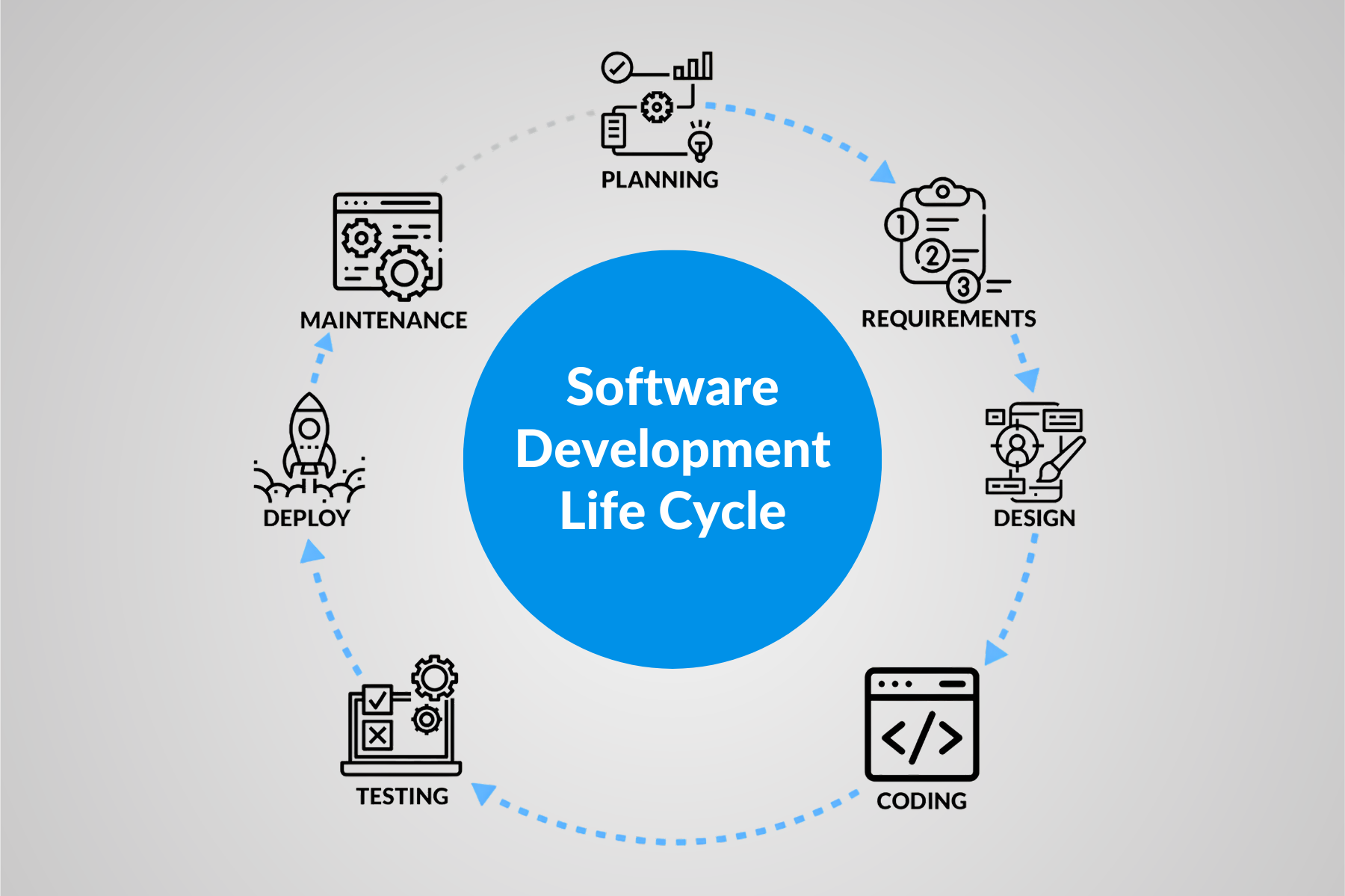Key Factors that Impact the Performance Testing of Mobile Applications

- August 7, 2023
- admin
In the fast-paced digital era, mobile applications have become an integral part of our daily lives. From social networking to online shopping, these apps simplify various tasks and enhance user experiences. However, a successful mobile application is not just about its features; it heavily relies on its performance. This is where performance testing services plays the part.
In this article, we will delve into the key factors that impact the performance of mobile applications and explore ways to optimize them.
The Importance of Mobile Application Performance Testing
Mobile users expect apps to be fast, responsive, and reliable. A poorly performing app can lead to frustration, user abandonment, and negative reviews. On the other hand, a high-performing app can drive user engagement, boost customer satisfaction, and increase retention rates. Thus, mobile application performance is crucial for its success in today’s competitive market.
Factors Affecting Mobile Application Performance Testing
Hardware Limitations During Performance Testing
The hardware of a mobile device plays a significant role in determining app performance. Older devices with lower processing power and less memory may struggle to run resource-intensive applications smoothly. Developers must consider the hardware limitations and optimize their apps accordingly.
Network Connectivity
The performance of mobile applications heavily relies on network connectivity. Slow or unstable internet connections can lead to slow loading times and unresponsive behavior. Implementing efficient network handling mechanisms, such as caching and handling offline scenarios, can mitigate the impact of poor connectivity.
Software Issues and Bugs
Bugs and software issues are common culprits behind app performance problems. Regular testing and debugging are essential to identify and fix such issues. Utilizing crash reporting tools helps developers proactively address problems and improve the app’s overall stability.
Memory Management
Inadequate memory management can lead to app crashes and sluggishness. Developers should optimize memory usage, release unused resources, and manage background processes effectively to ensure optimal performance.
Battery Consumption
Mobile applications that drain the device’s battery quickly are generally disliked by users. Optimizing battery consumption by minimizing background tasks and power-intensive operations can significantly enhance the app’s reputation.
User Interface and User Experience
A well-designed user interface (UI) and a seamless user experience (UX) contribute to the overall performance of the application. Intuitive navigation, responsive design, and minimal loading times all play a role in creating a positive user experience.
Mobile Platform Optimization
Different mobile platforms have unique characteristics and performance capabilities. Tailoring the app for each platform and utilizing platform-specific optimization techniques can enhance overall performance.
Techniques to Improve Mobile Application Performance Testing
Code Optimization
Writing clean and efficient code is fundamental to app performance. Eliminating redundant code, using optimized algorithms, and reducing dependencies can lead to a leaner and faster application.
Caching and Data Storage
Caching frequently accessed data and utilizing local storage can reduce the need for repeated network requests, resulting in faster data retrieval and a smoother user experience.
Minimizing Network Requests
Reducing the number of network requests by bundling data and assets can significantly improve app loading times, especially in areas with poor connectivity.
Efficient Memory Usage
Efficient memory management, such as lazy loading and object pooling, can lead to lower memory consumption and better overall performance.
Battery Optimization Techniques
Implementing power-saving techniques, such as optimizing background processes and avoiding resource-heavy animations, can extend the device’s battery life while using the app.
Responsive Design and UI/UX Improvement
Creating a responsive UI that adapts to various screen sizes and orientations enhances user experience across different devices.
Cross-Platform Compatibility
Developing applications with cross-platform compatibility ensures a wider user reach and consistent performance on various devices.
The Impact of Performance Testing on User Experience
User experience is directly influenced by the performance of a mobile application. A well-performing app that loads quickly and responds promptly contributes to positive user sentiments, while a slow and unresponsive app can frustrate users and drive them away.
Monitoring and Measuring Performance Testing
Key Performance Testing Indicators (KPIs)
Key Performance Indicators (KPIs) such as response time, error rates, and crash reports help assess the app’s performance and identify areas for improvement.
User Feedback and Reviews
Listening to user feedback and reviews can provide valuable insights into areas that need attention and highlight potential performance issues.
Crash Reports and Analytics
Crash reports and analytics tools enable developers to identify and address app crashes, ensuring a more stable and reliable application.
The Future of Mobile Application Performance Testing
As mobile technology continues to evolve, the demand for high-performing applications will increase. Future advancements in hardware, network connectivity, and development tools will provide new opportunities to enhance mobile app performance even further.
Conclusion
In conclusion, the performance of mobile applications is crucial for their success and user satisfaction. Factors such as hardware limitations, network connectivity, software issues, memory management, battery consumption, UI/UX design, and platform optimization all play pivotal roles in determining app performance. By implementing various optimization techniques and continuously monitoring performance, developers can create mobile applications that deliver a seamless and delightful user experience.











